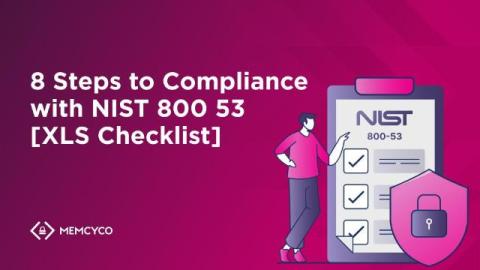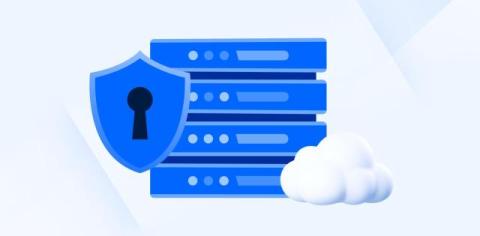8 Steps to Compliance with NIST 800 53 [XLS Checklist]
Today, businesses don’t just rely on digital networks—they’re woven into them, with partners, third-party apps, and cloud platforms shaping their every move. Yet, every click, swipe, and connection opens a new door for attackers. As of August 2024, a staggering 52,000 new common vulnerabilities and exposures (CVEs) were identified worldwide, with last year alone witnessing a record 29,000 CVEs. These numbers paint a clear picture: cyber threats are multiplying at an alarming rate.











